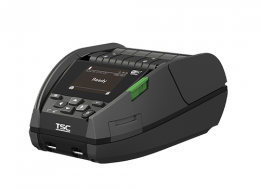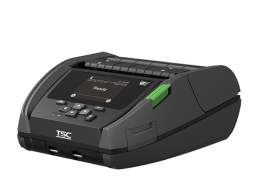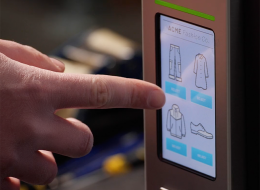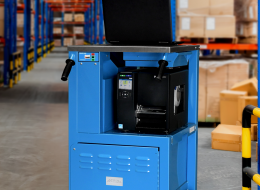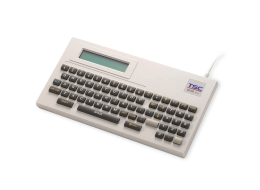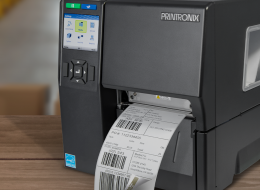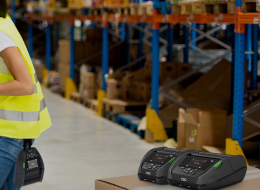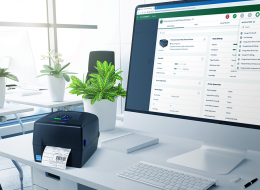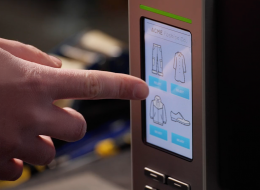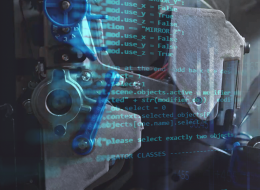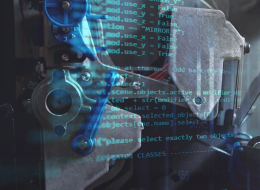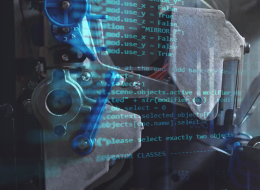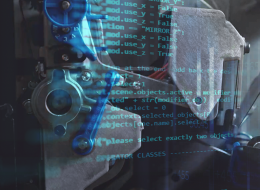Assuring the Safety of Medication Administration Processes with Linerless Labels

In the healthcare industry, the medication administration process demands careful attention and high precision to prevent patient harm. Clinical prescriptions and treatments play a crucial role in determining the medication route for patients, and any error resulting from a delay or omission is irreversible. Particularly, time-critical medicines (TCM) require special consideration due to their time sensitivity, and failure to administer them promptly could lead to severe consequences. In the United States alone, 7,000 to 9,000 people die each year as a result of medication errors.1
Medication administration errors can occur at various stages, including during ordering, documenting, transcribing, dispensing, administering, and monitoring. Healthcare professionals are burdened with heavy workloads, making human error a factor in medication process errors. Common mistakes involve prescribing the wrong medication, administering the incorrect dosage, or providing the inappropriate frequency.2 Ordering errors, accounting for nearly half of medication errors, are identified by nurses and pharmacists as occurring at a rate of 30% to 70%.3 Despite the widespread nature of these errors, many are preventable.
TSC Auto ID provides linerless printing solutions to support the safety and quality of patient care, assisting healthcare professionals in optimizing the medication administration process. This includes reducing human errors and expediting working time.
3 Approaches to Enhance Accuracy and Efficiency in Medication Administration: The TSC Auto ID Linerless Printing Solution
Easier Implementation on the Go
When hospital staff check patients at their bedside or collect samples from patients at the point of care, mobility and timely label printing are essential. Traditional label printing generates liner waste that requires proper disposal. In contrast, easy linerless label printing eliminates the production of liner rubbish that may risk contamination during the process.
Simplify Workflow for Versatile Applications
Linerless printers utilize a continuous roll for labeling, enabling them to meet on-demand sizing requirements for various hospital applications and minimize downtime. In the ordering and prescribing stages, hospital staff may need different lengths of medication labels depending on the type or form. For the documenting and sample collection stages, TSC Auto ID’s linerless printers enable healthcare workers to easily print different lengths of labels without changing media rolls, simplifying their workflow.
Enhance Medication Safety
Medication dispensing demands high accuracy and precision, particularly with product details, duration, strength, timing of doses, and other critical parameters. A linerless label printing solution can significantly support this process, effectively mitigating the risk of potential human errors. Illegible handwriting or any random handwritten mistake poses a substantial threat to patient health, making it imperative to adopt advanced labeling technologies.
Additionally, with sequential printing, linerless printers produce labels one by one instead of relying on batch printing. This approach offers a distinct advantage over traditional labels as it helps prevent human error and enhances accuracy by scrutinizing each label individually. The repercussions of any oversight in the medication administration process can be significant, highlighting the need for the healthcare industry to adopt linerless printing solutions, thereby contributing to an elevated standard of patient care.
Contact Us
If you'd like to test drive our linerless printers, contact our sales representatives for more information.
1 Roughead L, Semple S, Rosenfeld E. Australian Commission on Safety and Quality in Health Care (2013), Literature Review: Medication Safety in Australia. ACSQHC, Sydney. http://www.safetyandquality.gov.au/publications/literature-review-medication-safety-in-australia/
2 Sameera, Vattipalli; Bindra, Ashish; Rath, Girija P. Human errors and their prevention in healthcare. Journal of Anaesthesiology Clinical Pharmacology 37(3):p 328-335, July–September 2021. | DOI: 10.4103/joacp. JOACP_364_19 https://journals.lww.com/joacp/fulltext/2021/07000/human_errors_and_their_prevention_in_healthcare.3.aspx
3 Rayhan A. Tariq; Rishik Vashisht; Ankur Sinha; Yevgeniya Scherbak. Medication Dispensing Errors and Prevention (2023) https://www.ncbi.nlm.nih.gov/books/NBK519065/

